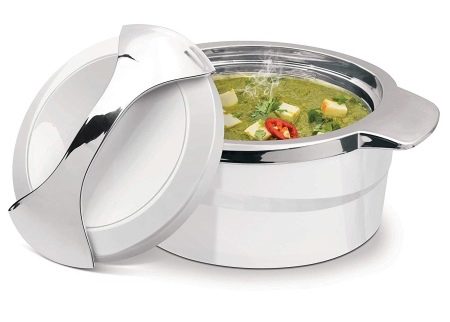Types of thermal dishes and their choice
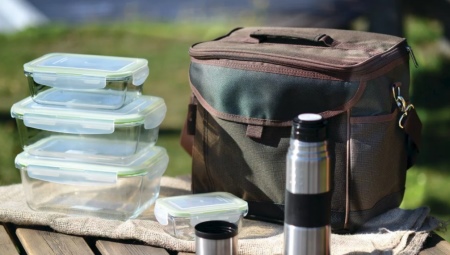
Cookware with thermal insulation properties will always help out if you need to take food and drinks on the road. However, it is also convenient to cook and bake in it. In a word, such dishes are widely used in everyday life. From the publication you will find out what kind of thermal dishes are, what they are made of, how to choose the right option.
Peculiarities
When going out into nature or on a trip, many take a thermos with them so that they can drink hot tea or coffee on the way or on vacation. But thermal dishes are not only designed to maintain a high (or low) temperature of the liquid, they can also store food in a hot or cool form.
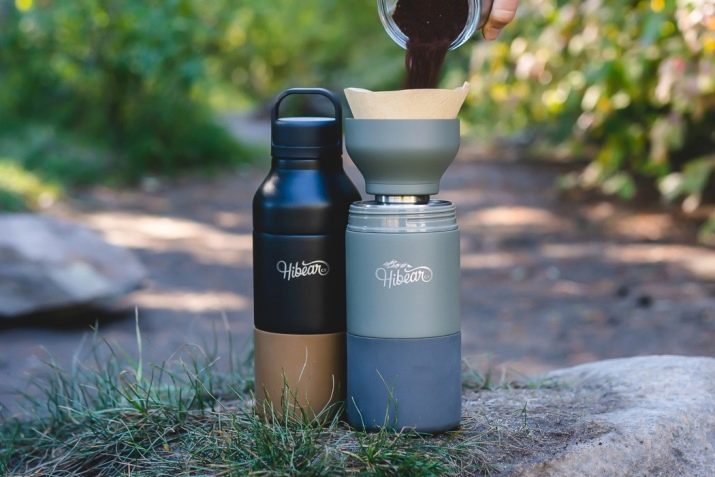
Moreover, thermal cookware is able to keep food chilled 2-3 times longer than warm. So, even ice cream in it may not melt for 30 hours in extreme heat. If you take hot drinks and food, then they will be warm in high-quality flasks throughout the day.
There are permissible norms for maintaining the temperature regime. For example, it is allowed to cool hot food in a thermowell by 12-15 degrees every 6 hours of storage. Here you need to take into account the size of the lid and the volume of the dishes themselves.
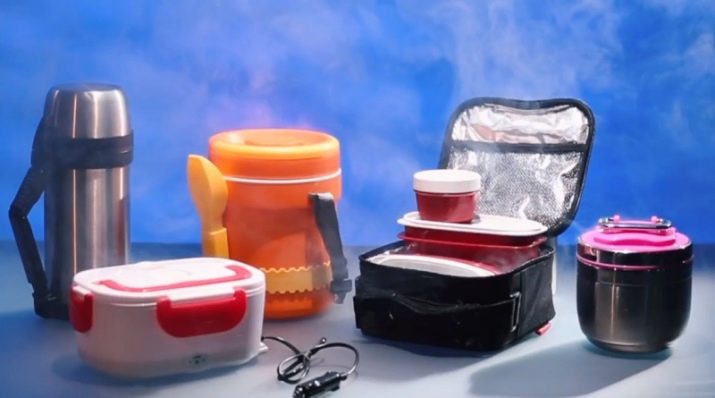
The wider the lid and the more food fits into the thermos, the longer the contents retain their temperature.
It is better not to shake the thermal dishes with food or drinks - when shaken, heat loss occurs more intensively. It is also not recommended to keep a filled thermos in a supine position.
The peculiarity of thermal dishes also lies in the fact that she is capable of not only keeping food warm or hot, but also cooking it. The easiest way to cook is by steaming. It is often used by fishermen, steaming the bait for the future catch (for example, pearl barley, rice).
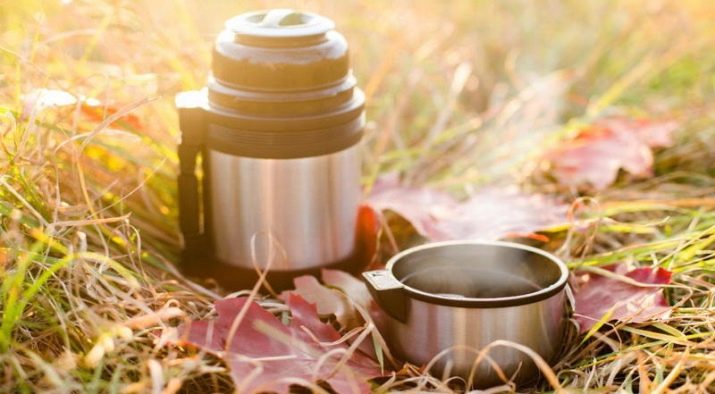
If earlier, of the types of dishes with thermal insulation properties, there was only a thermos with a narrow neck, intended mainly for drinks, today manufacturers produce such models in which you can take the first and second courses with you to work. There are thermal pots on sale that allow you to collect food even for a family picnic.
Varieties
Thermal dishes are divided into several categories.
- For liquid food and drinks.
- For second courses and denser foods.
- Versatile options (heated and unheated).
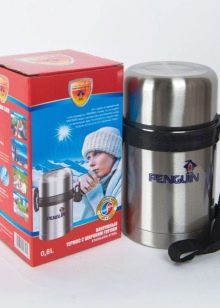
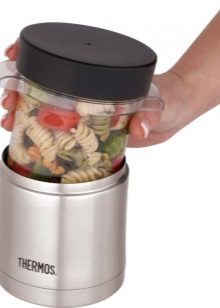
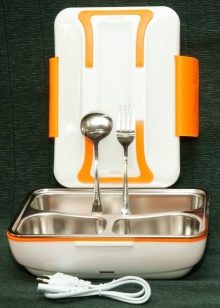
The most popular is the first option. Thermos convenient, compact and available in various sizes. In addition to drinks, broth and okroshka can be poured into such a thermos. Designed for soups and other first courses for lunch.
For the first courses, it is better to choose dishes with a wide lid, not using it for drinks. It is advisable that no sugary drinks are poured into thermos for food.
Sweet liquids tend to thin the o-rings in the pump rather quickly, causing the product to leak.
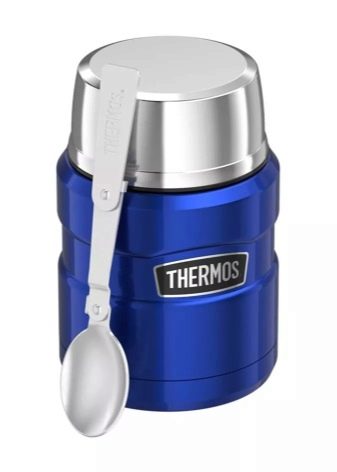
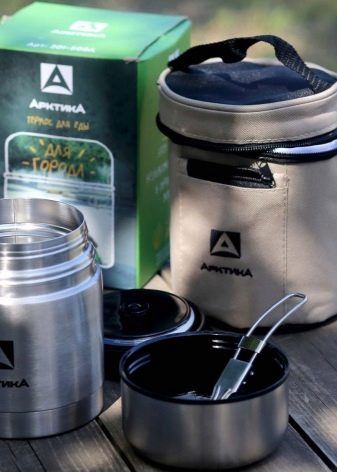
For tea, coffee, juice it is better to use thermos with pneumatic pumplocated on the lid. With a simple push of a button, you can pour yourself a chilled or hot drink, having previously substituted a glass. But such products are less airtight, so heat is consumed faster in them.
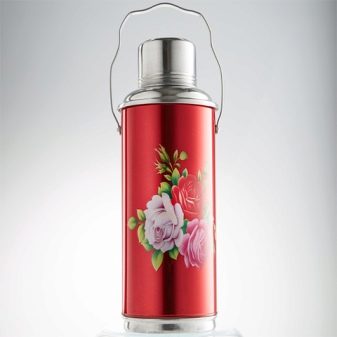
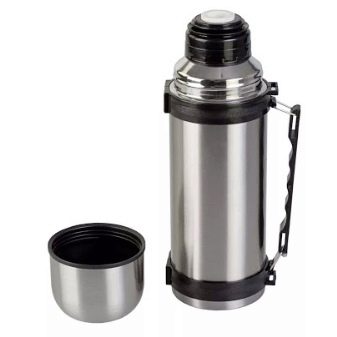
If you have a one-time tea break, you can use thermo mug... A separate category is thermal dishes for food. Such thermal containers are produced in the form of containers with removable vessels. But you cannot store hot and cold food in them at the same time.
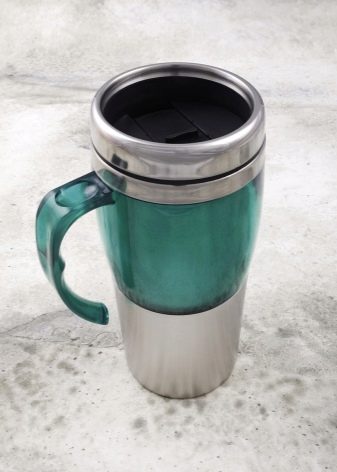
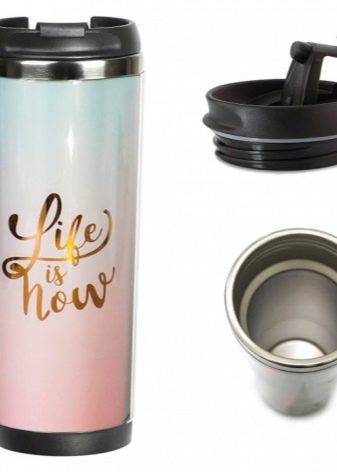
Sometimes a separate "pocket" for cutlery is built into such devices, which excludes their loss during travel. For tourism, these kits are an excellent option.
There are universal thermal containers designed for various purposes. They are also suitable for tourist trips, since you can marinate kebabs in them, bake something over a fire or in the oven. In them, food will retain its aroma for a long time, while remaining warm. In addition, these pans are suitable for both liquid and solid foods.
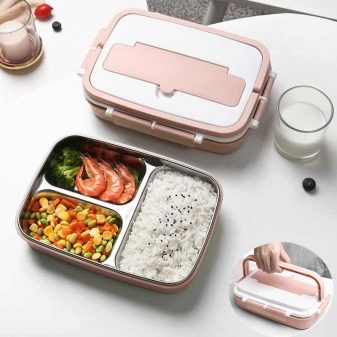
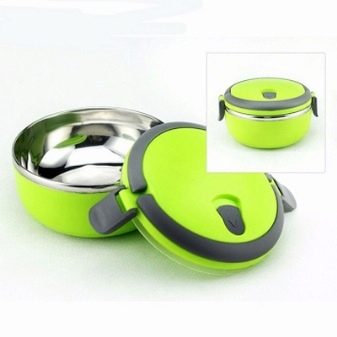
If you pour tea, then you just need to unscrew the cork on the lid of the container, and when there is pilaf in it, the lid is removed completely. But it is impossible to simultaneously carry both liquid and dense food in such a design, even if it contains a set of removable containers.

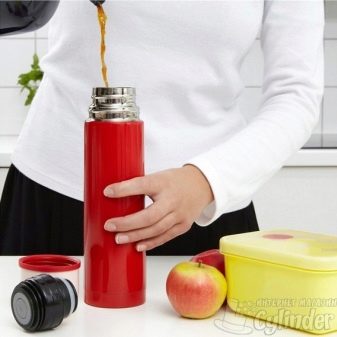
Manufacturing materials
Depending on the material of manufacture of thermal dishes, it happens:
- steel;
- glass;
- plastic.

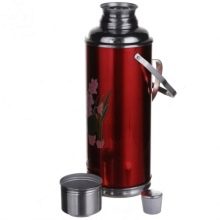

All products with thermal insulation properties require careful handling, but you need to be especially careful with glass options. These dishes are more fragile, so they can break even with a light impact. But it keeps the temperature for a long time, is easy to clean. For these reasons, glassware is popular with housewives.
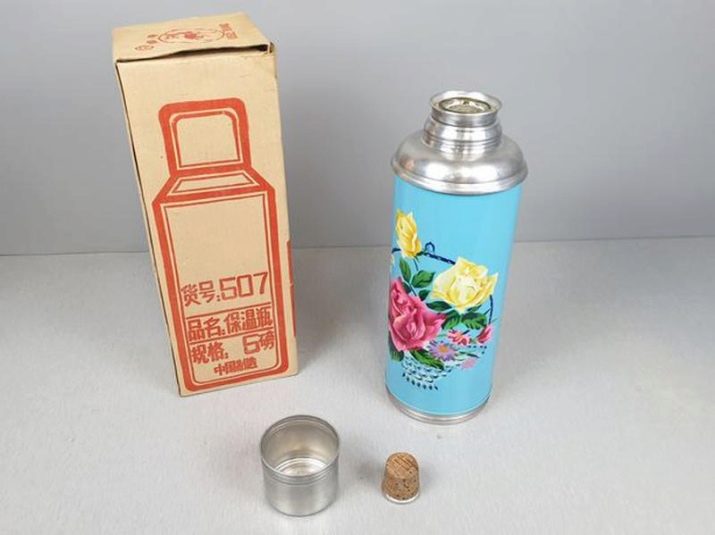
Steel options for thermal containers, of course, they are durable, but they have one significant drawback: they are quite heavy. Tourists and fishermen love to take them with them - the durability of such dishes is a guarantee that they will not be left without lunch in any conditions.

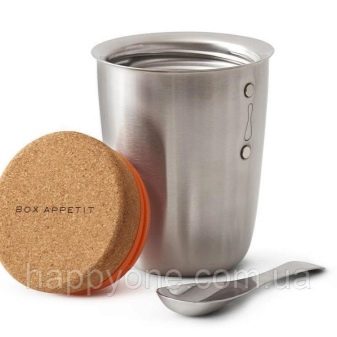
Plastic thermal dishes - the cheapest, keeps heat well, but often releases a specific substance when storing hot food. The smell of plastic is noticeable immediately upon opening the thermos. Here either choose a product made of high-quality plastic, or not use it for storing hot drinks, but only for preferably cold food.
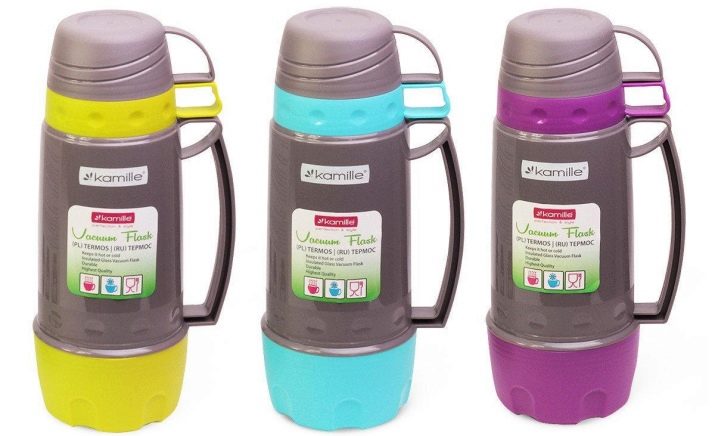
Selection Tips
Thermal dishes, with their pros and cons, in general, are ideal for storing ready-made food, transporting perishable or frozen products. Such products should be used not only by tourists, fishermen, divers, but also by the housewife. By the way, a great option for table setting during seasonal work in the country.
What to look for when buying:
- examine "by eye" the inner flask (if it is a thermos), carefully examine the inside for cracks, scratches and other defects;
- the same should be done with the outer side of the product: make sure that there are no chips, scratches, cracks, surface abrasions;
- check the dishes for foreign strong odors inside;
- pay attention to the material of manufacture.
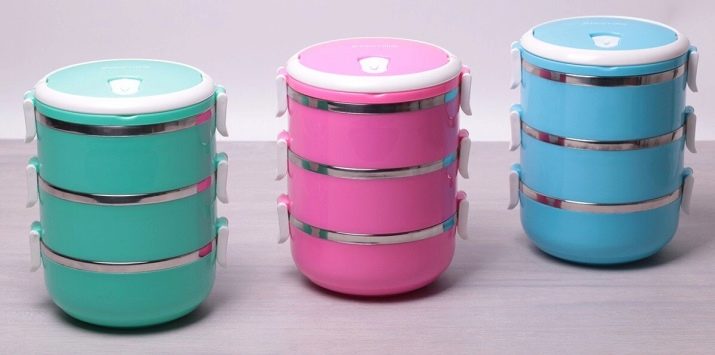
If it is not possible to check the product for leaks at the point of purchase, then this must be done after returning home.... Rapid heating of the outer casing after filling the thermal dishes with hot contents means that the dishes are defective. Such utensils should be returned to the seller or exchanged for a quality one.
